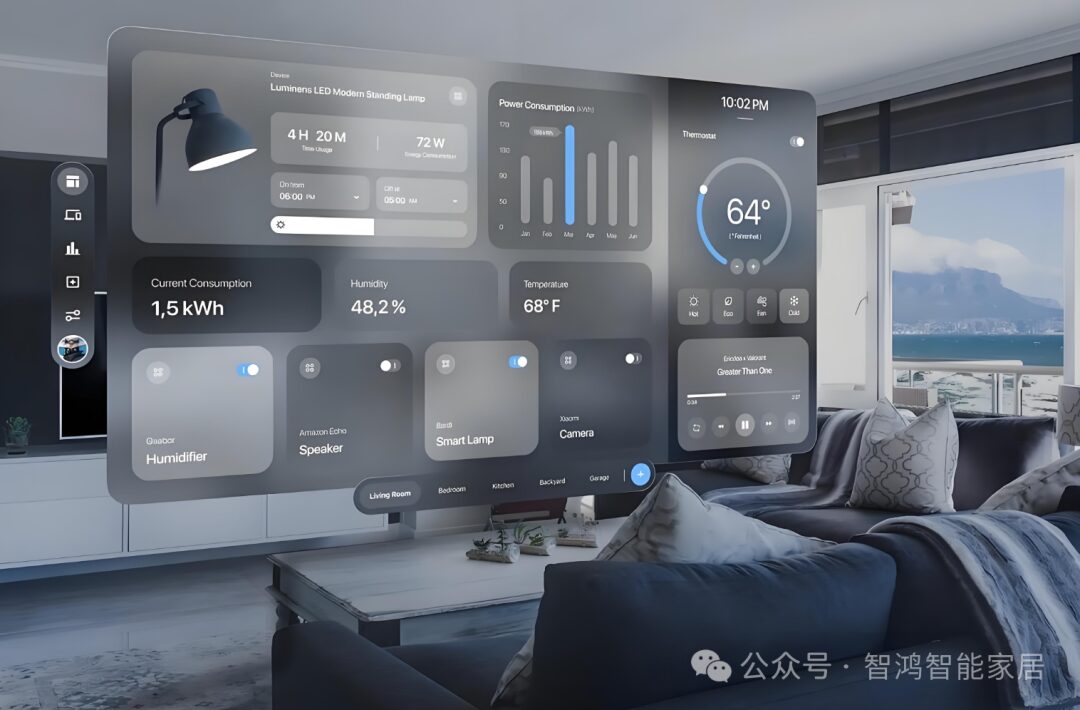
Determining the smart home platform to use is a crucial step. The Mijia platform has become a quality choice for many beginners due to its cost-effectiveness, ease of use, and rich device options. Mijia can not only be compatible with most devices within the Xiaomi ecosystem but also can be controlled via Apple’s Home Kit platform, providing users with more choices.
Before proceeding with the smart home transformation, it is necessary to make necessary adjustments to the home electrical circuit. Importantly, during the plumbing and electrical installation phase, a neutral wire must be reserved in each switch box. The arrangement of the neutral wire is crucial for the stability of smart switches. The specific operation is to clearly request the electrician to add an extra neutral wire to each switch box based on traditional wiring to ensure that the smart zero-fire switch can be connected and used normally.
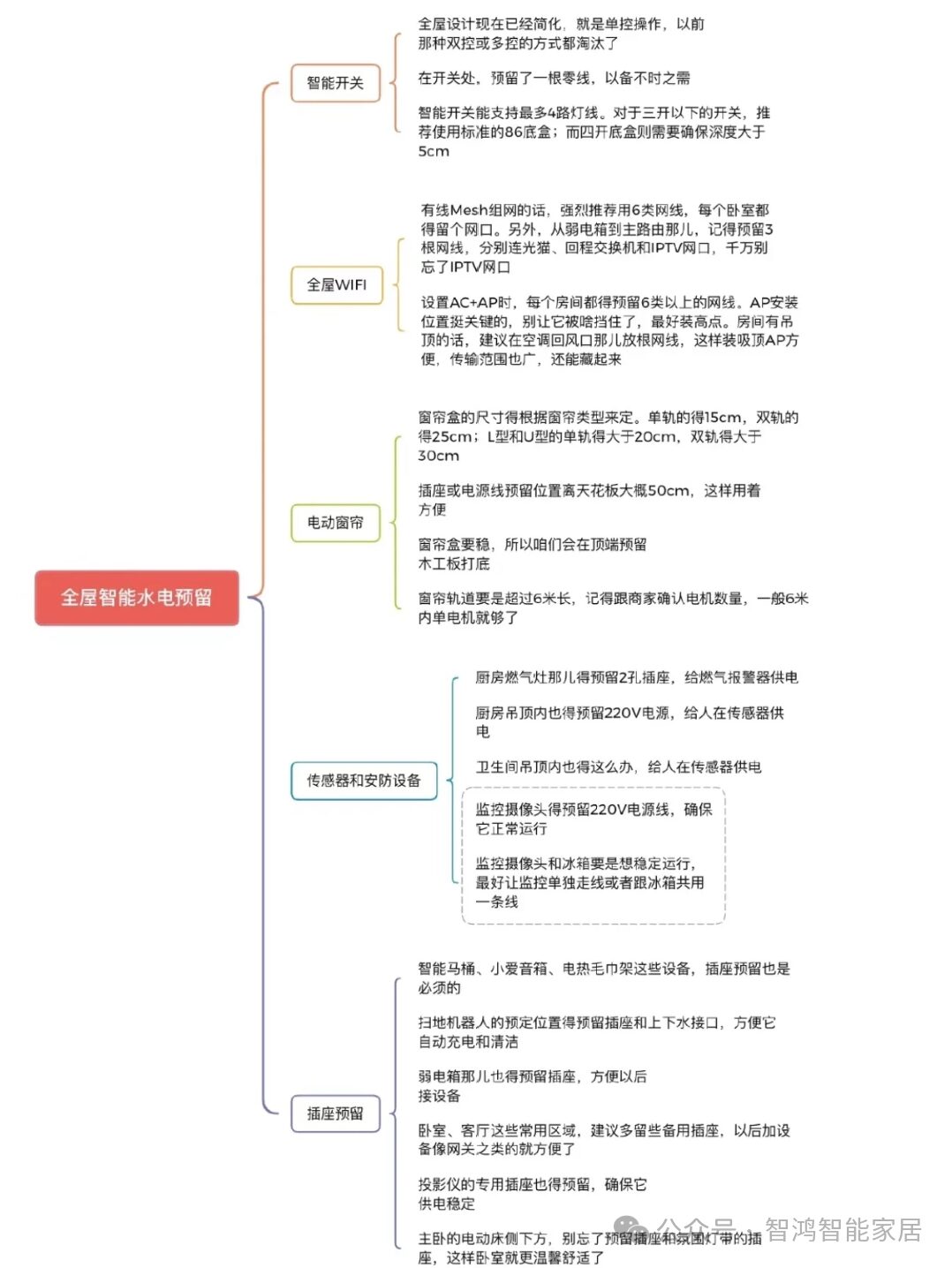
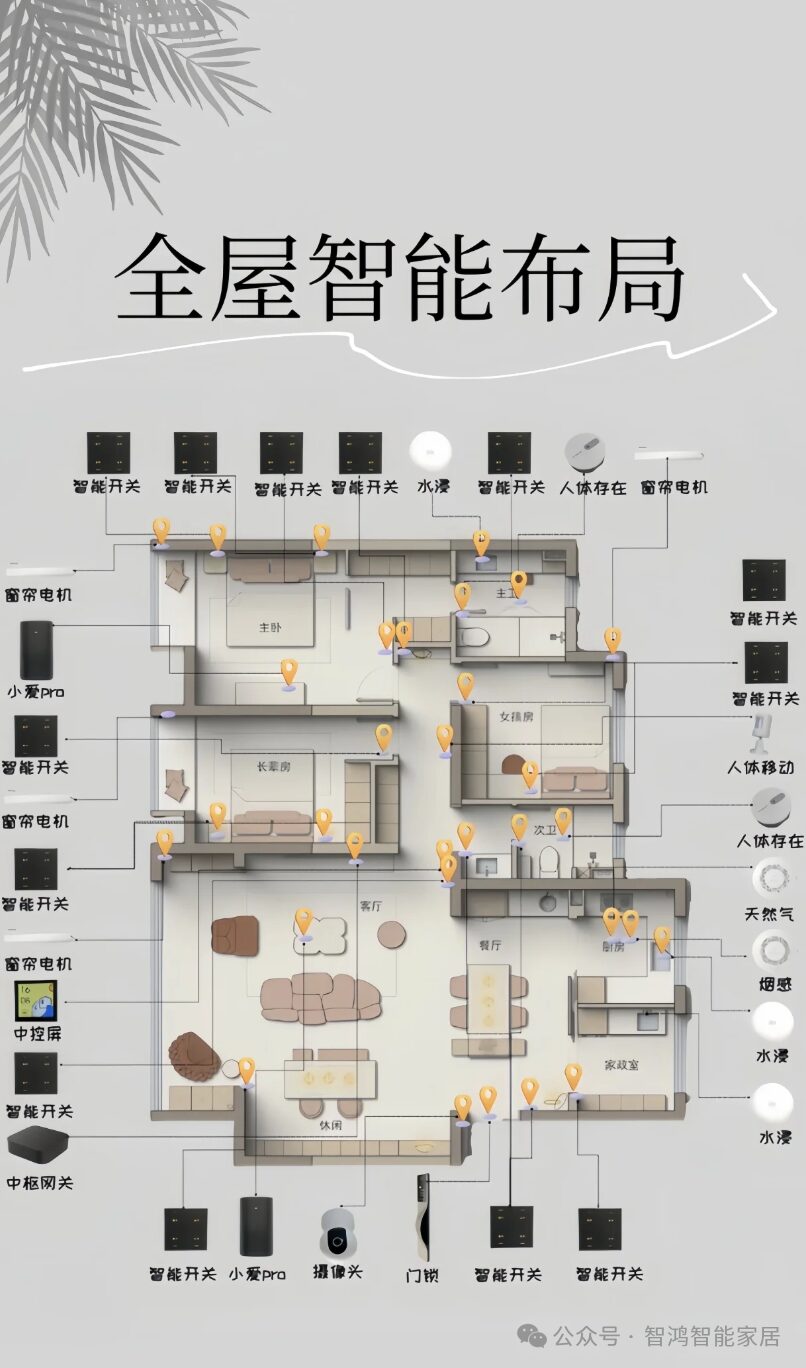
To further enhance the smart experience, you can also install smart curtains and smart locks. For curtains with reserved power sources, you can choose the Duya M7 electric curtains; if there is no reserved power, choose battery-powered curtain companions. Smart sockets cost less than fifty yuan and can be used to control table lamps, aroma diffusers, etc., operated via voice or mobile APP.
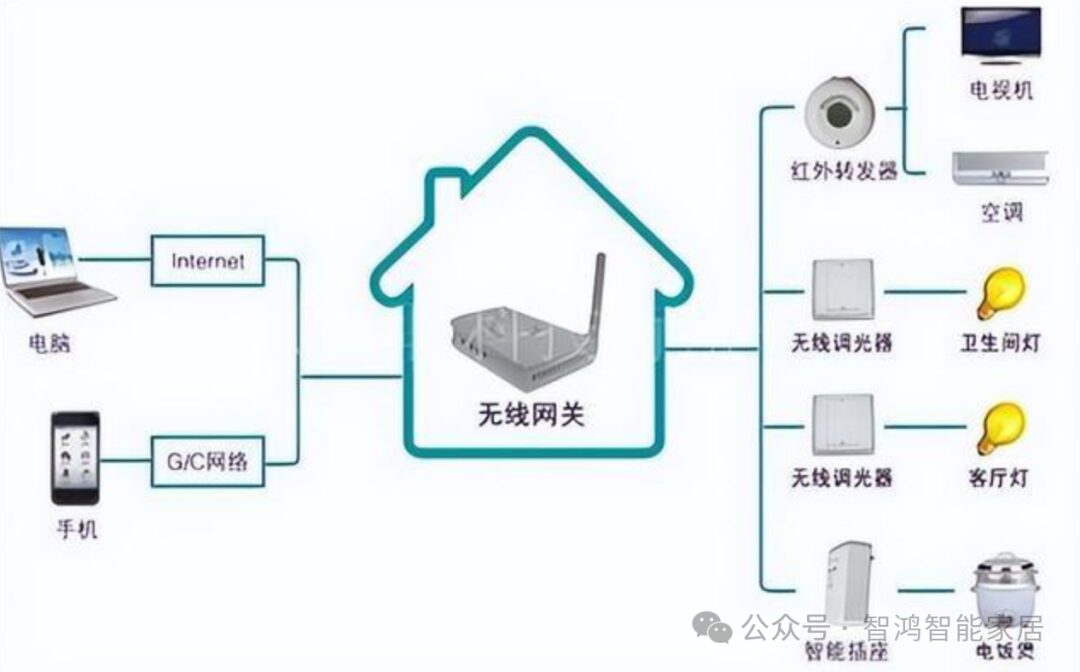
Installing smart home devices should be done progressively in line with the renovation schedule. Before plumbing and electrical installation, a complete list of smart devices must be confirmed and handed over to the electrician to ensure that reserved points and lines are correct. During the installation phase, devices should ideally be installed after the initial cleaning to avoid dust affecting their operation. It is recommended that switches and lights be installed uniformly by the renovation company, while smart locks and electric curtains should be installed by professional personnel from the manufacturer.
After the devices are installed, a testing phase is needed to ensure that all devices are powered and successfully connected to the network. You can use a mobile hotspot on the 2.4GHz band for temporary network testing to ensure that the later network settings are consistent and avoid redundant settings. Users should also master basic debugging skills for minor adjustments during daily use and to promptly resolve issues as they arise.
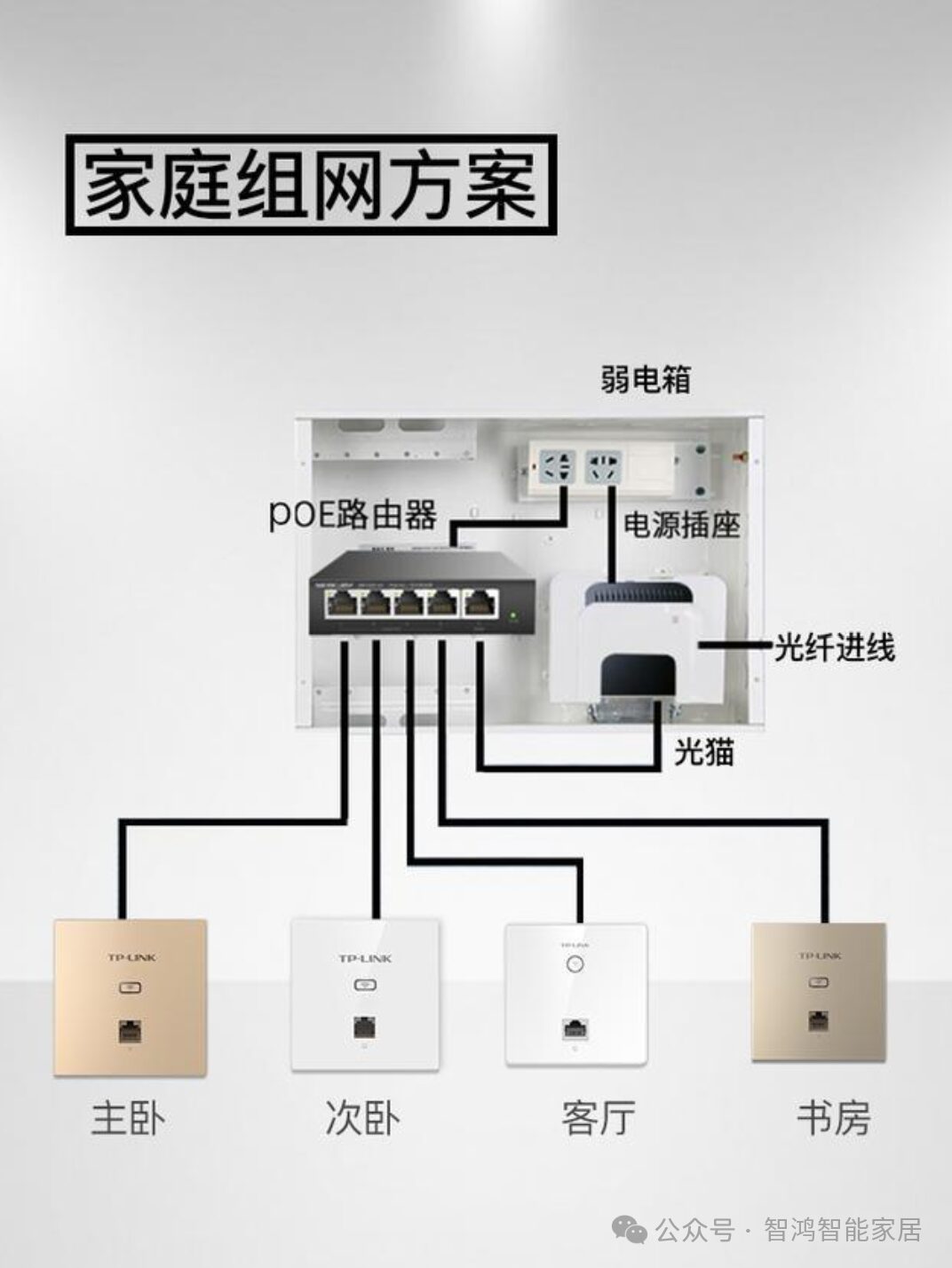
The debugging and daily use after the devices are connected to the network are crucial. Users need to set memorable names and common scene modes for each device in the Mijia APP. For example, setting a “Home Mode” to automatically turn on lights and adjust the air conditioning to a comfortable temperature. Common modes also include “Sleep Mode,” which automatically turns off lights and closes curtains; and “Leave Home Mode,” which automatically turns off the TV, air conditioning, and lights.
One of the keys to achieving a smart home is a stable network system. Ordinary families may need to connect dozens or even hundreds of smart devices to the network, so the coverage range and capacity of the home WiFi are highly demanding. It is recommended to use dual-band routers throughout the house to ensure that both the 2.4GHz and 5GHz bands meet the connection needs of smart devices and high-bandwidth demand devices. For larger homes, consider AC+AP networking or Mesh networking to improve network coverage stability.
Based on the Mijia platform, by reserving neutral wires, replacing smart switches, equipping smart speakers and human sensors, and installing smart curtains and other devices, you can achieve a smart home transformation within a budget of around 2000 yuan. Although the process involves several steps, the overall operation is not complicated. With simple settings and debugging, you can enjoy a convenient, efficient, and technologically advanced smart life.